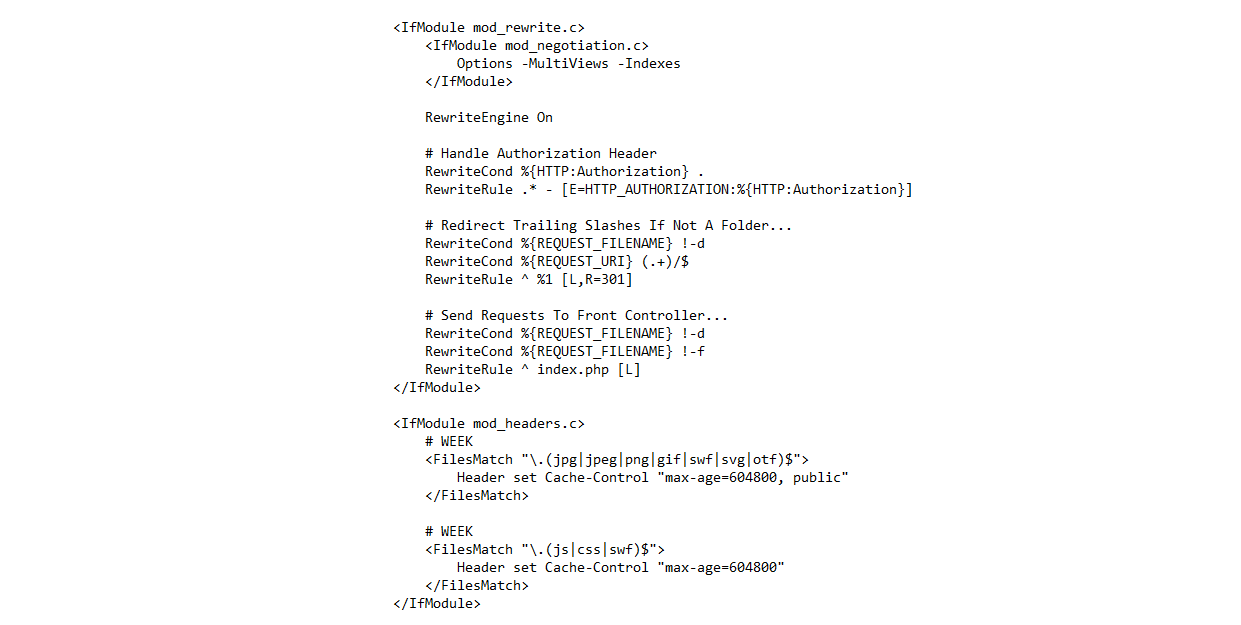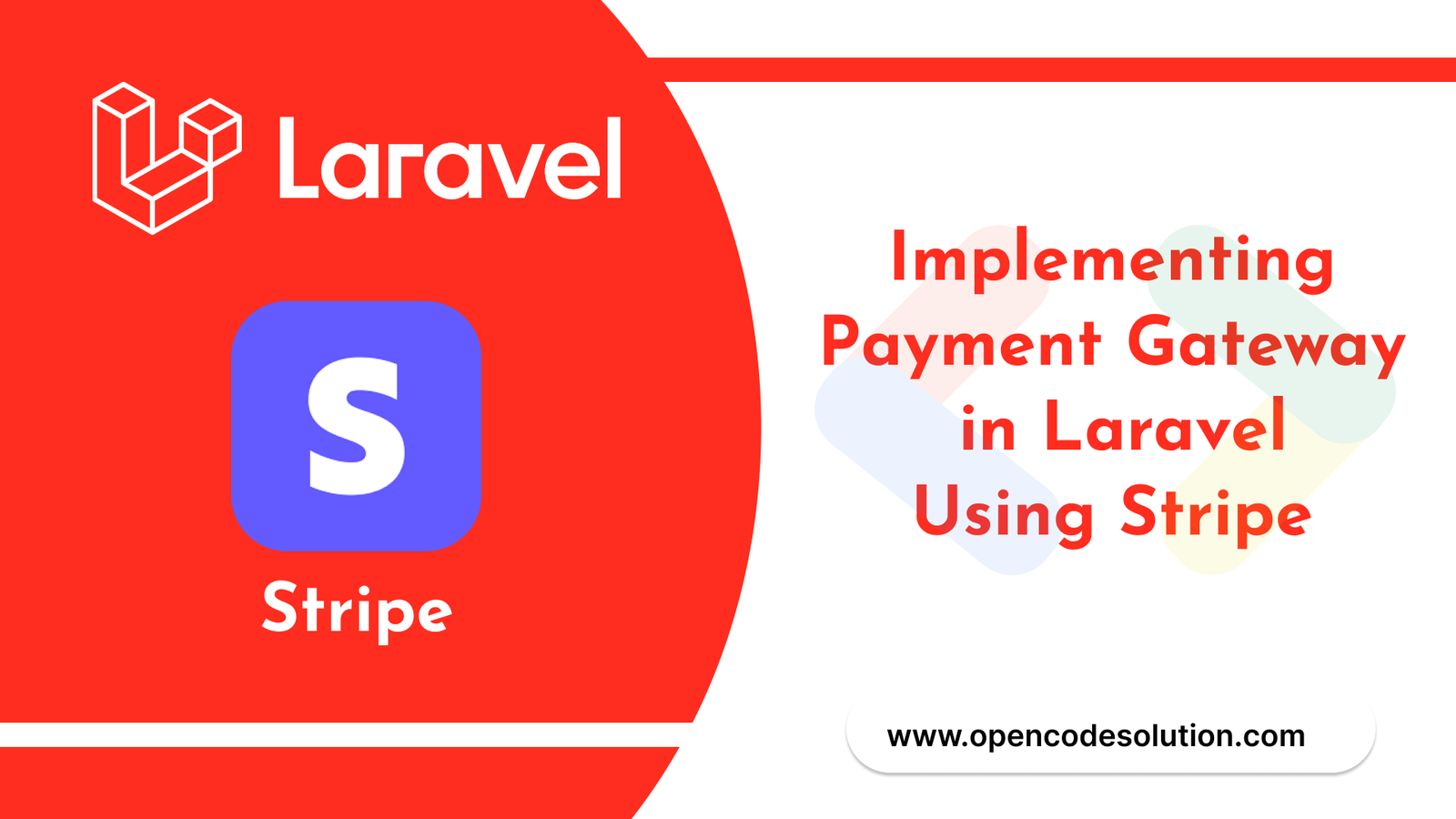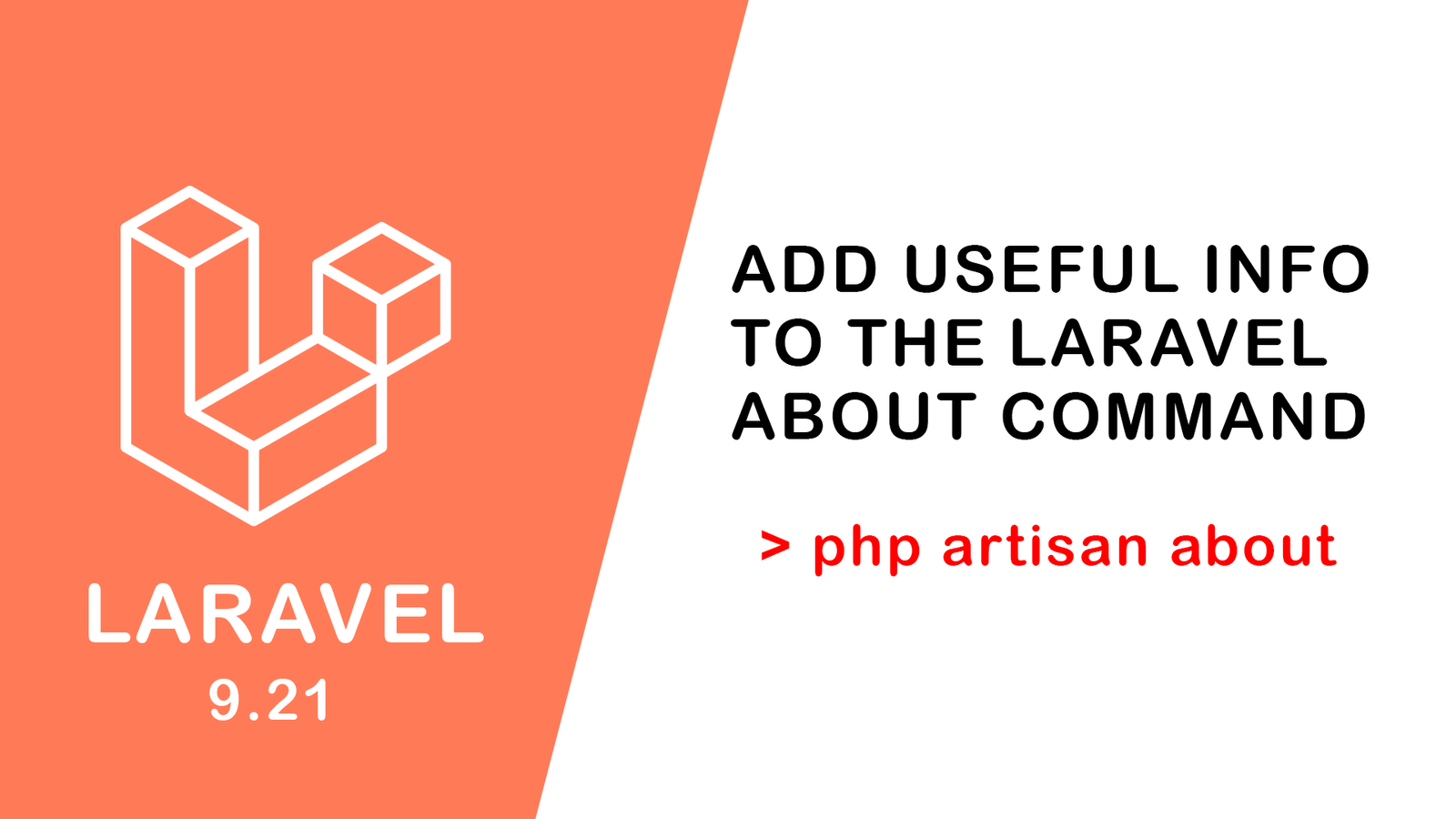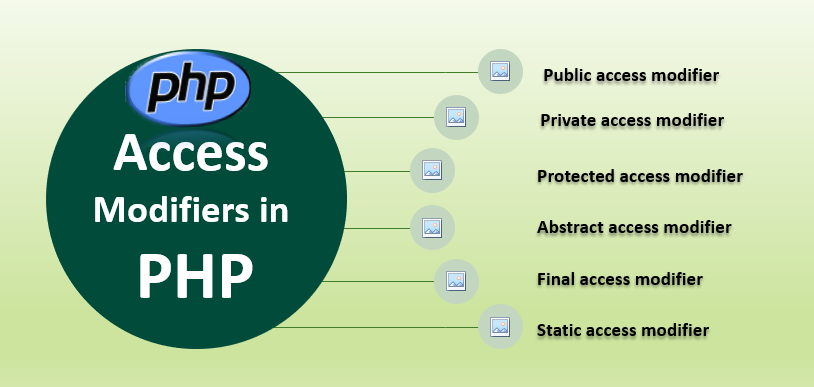Laravel 10 Image Validation: A Practical Example with Code Snippets

Image validation is an essential aspect of web applications, ensuring that uploaded images meet certain requirements. Laravel simplifies the process of validating images with its built-in image validation rule. In this tutorial, we will walk through a practical example of validating images in Laravel. By the end of this guide, you'll have the knowledge to implement image validation effectively in your Laravel applications.
Step 1: Define the Image Upload Route and Form
First, create a route and a form to handle the image upload process. Ensure that your HTML form includes an input field of type "file" to accept the image file:
<form method="POST" action="/upload" enctype="multipart/form-data">
@csrf
<input type="file" name="image">
<button type="submit">Upload</button>
</form>
Step 2: Implement the Image Validation Logic
In your Laravel controller or form request, define the validation rules for the image upload. For image validation, you can use the "image" validation rule provided by Laravel:
use Illuminate\Http\Request;
public function upload(Request $request)
{
$validatedData = $request->validate([
'image' => 'image|mimes:jpeg,png,jpg,gif|max:2048',
]);
// Handle the uploaded image
}
In this example, we use the "image" validation rule, which ensures that the uploaded file is an image. The "mimes" rule specifies the allowed image file formats, while the "max" rule sets the maximum file size (in kilobytes).
Step 3: Handle the Uploaded Image
Once the image validation passes, you can handle the uploaded image based on your application's requirements. For example, you can store the image in a specific directory or process it further:
use Illuminate\Support\Facades\Storage;
public function upload(Request $request)
{
$validatedData = $request->validate([
'image' => 'image|mimes:jpeg,png,jpg,gif|max:2048',
]);
// Store the image in the "public/images" directory
$path = $request->file('image')->store('public/images');
// Or perform further processing on the image
return 'Image uploaded successfully!';
}
In this code snippet, we use Laravel's Storage facade to store the uploaded image in the "public/images" directory. You can customize the storage location and apply additional image processing as per your application's needs.
Validating images is a crucial step in ensuring the integrity and security of file uploads in Laravel applications. By following the steps outlined in this tutorial, you now have a practical example of how to implement image validation using the built-in "image" validation rule in Laravel.
Experiment with different validation rules and customize the image handling logic based on your specific requirements. Laravel's powerful validation features provide a solid foundation for handling various types of file uploads with ease.
Happy image validation in Laravel!
Categories : Laravel
Tags : Laravel Laravel 10 image validation file upload validation rules Laravel validation

Abhay Dudhatra
0 Comments
Related Articles
Access Prev Next Post Navigation from Laravel Blad...
 By Praful Sangani -
July 21,2022
By Praful Sangani -
July 21,2022
Laravel 8 Custom User Login and Registration Examp...
 By Praful Sangani -
July 19,2022
By Praful Sangani -
July 19,2022
How to Generate QR Code in Laravel 9 Example
 By Praful Sangani -
July 21,2022
By Praful Sangani -
July 21,2022
Categories
Laravel
48React
17CSS
4jQuery
3PHP
19JavaScript
53HTML
4Python
30Node.js
2Git
8Bootstrap
15MySQL
7WordPress
27Popular Articles

WordPress Add Posts #16
August 04,2022
GZIP and Browser Cache a website wi...
July 21,2022
Destructuring and Spreading
August 13,2022
Import Export CSV And Excel File in...
July 22,2022
Laravel 8 Custom User Login and Reg...
July 19,2022Featured Articles

Laravel 9 Custom Login and Registra...
May 11,2023
SQL Basics: A Beginner's Guide to S...
May 05,2023
Generating PDF Files in Laravel Usi...
April 26,2023
Laravel Image Intervention: A Guide...
April 26,2023
How to Generate BarCode in Laravel?
April 26,2023
Implementing Payment Gateway in Lar...
March 26,2023
Laravel 8 Model Observers Example T...
March 10,2023
How to use Forelse loop in Laravel...
August 08,2022
What Is Wordpress #1
August 04,2022
Bootstrap Alerts
August 03,2022
Essential JS for PHP
August 03,2022
PHP Sparkline
August 03,2022
Groups in React Textbox
August 03,2022
JavaScript exercise-examples for Be...
August 03,2022
Create Social Login In Laravel With...
August 01,2022
Using Laravel Model Factories
July 30,2022
How to Include Bootstrap 5 in our w...
July 28,2022
What Is Data Structures ?
July 28,2022
How to Validate Your Laravel App's...
July 27,2022
TOP 10 PROGRAMMING LANGUAGES USED B...
July 27,2022
Create Select Options from Enums, L...
July 27,2022
Fast Paginate for Laravel 9
July 27,2022
Add Useful Info to the Laravel Abou...
July 27,2022
Learn Most Common Git Commands
July 26,2022
React Hooks: Array Destructuring Fu...
July 25,2022
Laravel 8 CRUD operation
July 23,2022
How to Generate QR Code in Laravel...
July 21,2022
Access specifier in php
July 20,2022


